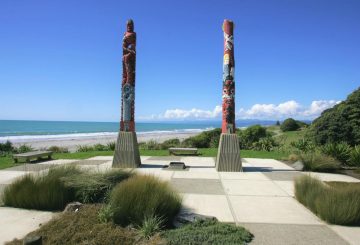Maoritanga News
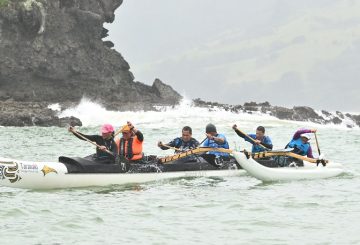
Paddlers head home after successful Waka Ama
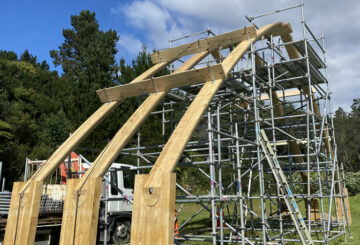
Māori building methods get full earthquake test
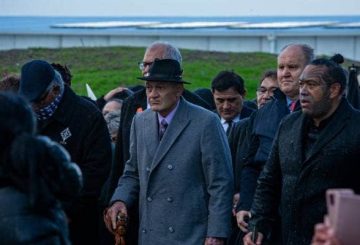
The Māori King visits Hawke’s Bay
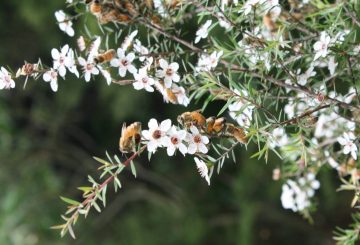
Connecting with rongoā Māori (traditional Maori medicine) to help clients

Indigenous groups in NZ fear colonisation as AI learns languages

Rita Ora accidentally creates new Māori idiom

New Zealand Fashion Week will return in 2023
Rural town steps up to meet challenge of hosting major Tūhoe festival

Bilingual keyboard allows users to type in te reo Māori
